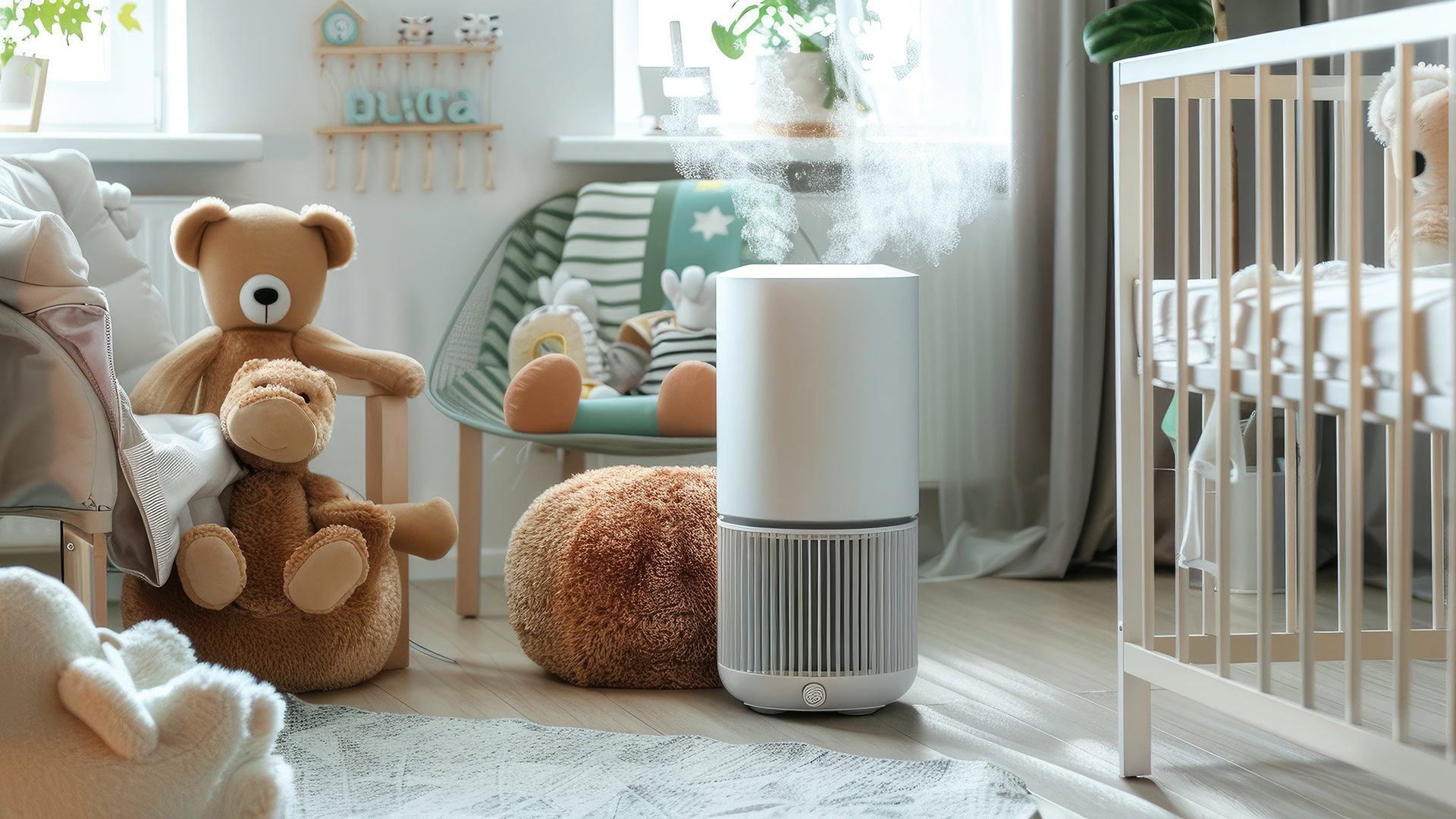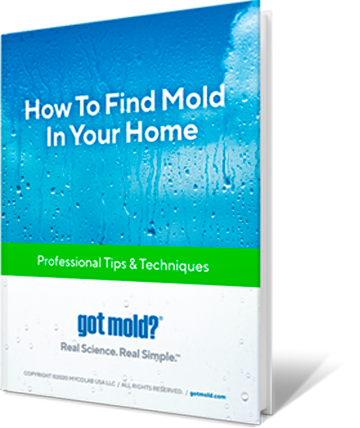
Aside from a loss of independence, unbridled joy you didn’t know was possible, and lots and lots of pee, welcoming a new family member into your home means creating a sanctuary where the air is as pure and clean as possible.
While proper ventilation and air filtration are key elements in achieving this, it’s equally important to understand what technologies and practices work best and which ones might do more harm than good.
Let’s look at how air filters, certain vacuums, and other smart choices can enhance the air quality in your home while avoiding potential pitfalls.
- What the heck is HEPA?
If you’ve spent any amount of time thinking about air filtration, you’ve probably come across the term HEPA. (If you haven’t spent any amount of time thinking about air filtration, the time is now.)
HEPA (High Efficiency Particulate Arrestance) filters trap 99.97% of particles 0.3 microns in diameter or larger, including allergens like pollen, dust mites, and pet dander. These filters, when used in both air purifiers and vacuums, play a critical role in maintaining a cleaner indoor environment, ensuring the air your family breathes is free from harmful particulates. Some brands offer an even finer filtration, known as ULPA (Ultra Low Particle Air) which filters out 99.999% of particles 0.1 microns and larger, all the way down to atmospheric dust. They cost about 35% more, and are probably overkill for most folks, but cleaner is cleaner!
The point is, a product that doesn’t use a HEPA or ULPA filter isn’t worth your time or money.
- The Secret Ingredient: Activated Carbon
Combining HEPA filtration with activated carbon tackles both particulate matter and gaseous pollutants, including volatile organic compounds (VOCs), a common and serious problem in modern buildings, especially new and newly renovated homes.
This dual approach ensures a comprehensive reduction in indoor air contaminants, from odors to chemicals released by furniture, finishes, building materials, cleaners and personal care products. The problem is that most air purifiers only have a tiny amount. With carbon filters, size does matter. So get as much as you can.
- A Deeper Clean
When most people think of a vacuum, they think of a machine that sucks things off the floor and puts them in a bag. Like a lawn mower for your home. But vacuums have filters, too, and when it comes to most efficiently capturing fine particles without recirculating them into your living space, that filter should be HEPA.
But be careful to choose models that are clearly labeled “True HEPA.” This designation ensures the vacuum is a sealed unit, preventing air from bypassing the filter.
- Beware of Certain Technologies
While exploring air purification options, steer clear of filterless devices that rely on ionization, ozone generation or photocatalytic oxidation (PCO). These technologies sound fancy but they can alter the chemistry of the air, potentially introducing harmful levels of ozone or other byproducts. Such changes can aggravate respiratory issues rather than alleviate them, making these options less suitable for homes with newborns.
These products are often slickly marketed and many manufacturers have gone to great lengths to make them as aesthetically pleasing as possible. But the roadside is littered (sometimes literally) with brands that looked good but failed to deliver on the promise of healthy clean air. Remember the Ionic Breeze?
Filter the air to clean it. Avoid any brands that advertise how well they kill microbes or destroy VOCs, as this very function is what makes them harmful to human health.
- Maintain Your HVAC System
Regularly changing your HVAC system’s filter is crucial, not just for air quality, but also to keep the system clean and functioning efficiently. A clean filter prevents the buildup of dust and debris, and can extend the life of your HVAC system while reducing the risk of mold growth within. This simple maintenance task can save you from larger issues down the line, in terms of both health and expense.
Ensuring your home has the best possible air quality involves more than just introducing fresh air and filtering out pollutants. It also means making informed decisions about the technologies and practices you adopt. By focusing on effective solutions like HEPA filtration and avoiding potentially harmful air purification methods, you’re taking a significant step towards creating a safe, healthy environment for that little pee factory of yours.
Up Next… Clean, But Not Too Clean!

